Glossary
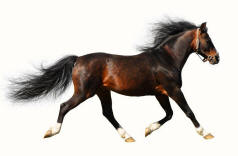
Gait
The pattern of movement of animals during (terrestrial) locomotion.
Gaits used by cats and dogs include the walk, the amble, the pace, the trot, the canter and the gallop.
Gaits used by cats and dogs include the walk, the amble, the pace, the trot, the canter and the gallop.
Limb
An appendage to the main body of an organism.
For example, an arm, leg, flipper or wing.
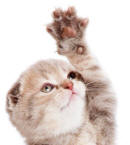
For example, an arm, leg, flipper or wing.

Forelimb
Either of the cranial (anterior) limbs.
Hind Limb
Either of the caudal (posterior) limbs.
Contralateral
Relating to the opposite side of the body.
For example, diagonally contralateral limbs are limbs on diagonally opposite sides of the body.
For example, diagonally contralateral limbs are limbs on diagonally opposite sides of the body.
Ipsilateral
Relating to the same side of the body.
For example, ipsilateral limbs are limbs that are on the same side of the body.
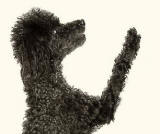
For example, ipsilateral limbs are limbs that are on the same side of the body.

Supported Trot.
The trotting gait in which at least one foot is always on the ground.
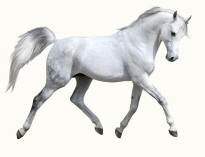

Suspended Trot
The trotting movement in which the animal leaves the ground during each stride.
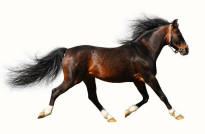

Title9
text
hover over shaded words to reveal more
Trot
A symmetrical, two-beat gait in which diagonally contralateral limbs move in unison.
This is an endurance gait, which allows coverage of ground at a reasonable speed but without expending maximum energy. The trot may, therefore, be maintained for hours.
There are two variations of the trot: the supported and the suspended (flying) trot.

Hungarian Vizsla, Weimaraner and Pointer Dogs





